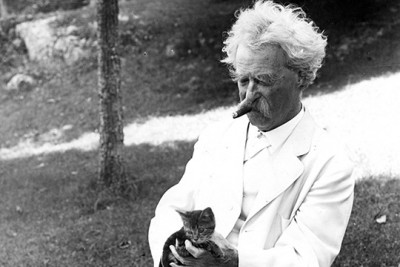



As we near the end of autumn, or fall (so named for the leaves falling from the deciduous trees), we appreciate the beauty of many trees as they change color, but we also dread having to clean up after them when the leaves fall to the ground. Throughout history, there have been numerous inventions directed to making the task of leaf removal easier.
Improvement in Rakes
U.S. Pat. No. 148,660
One of the earliest patents on a rake, U.S. Pat. No. 148,660 granted to Edmund Brown, March 17, 1874, is directed “to iron-tooth handrakes, such as commonly used in cleaning leaves and other debris…” The main appeal of the rake was an automatic cleaning feature because conventional rakes required frequent cleaning of the teeth by hand. The additional movable bar (B) could be forced down to clean the teeth.
Rolling Leaf Removal Device
U.S. Pat. No. 8,297,034
One inventor’s problem can be another’s solution: Edmund Brown recognized that leaves getting caught on the tines of a rake could be solved by being able to push the leaves off with a retractable metal bar. Brett Muller used this same principle to his advantage for his invention “Rolling Leaf Removal Device”, Pat. No. 8,297,034 granted Oct. 30, 2012. In this instance, leaves catch on the spikes of the roller to collect them, and then the spikes are retracted to release them.
Hand Scoop for Grass and Leaves
U.S. Pat. No. 4,378,670
Hands are a natural tool, but they are not the most efficient means by which to remove leaves. The innovation of Mathias Check and Ellia Goodby was to extend the efficacy of hands by making a pair of scoops, one for each hand, having a small rake at the end of them. The two scoops work together to sandwich debris between them, and they were granted Pat. No. 4,378,670 on April 5, 1983.
Yard Waste Collection System
U.S. Pat. No. 8,429,887
A lot of tools have multiple functions. While it is conventional to have a grass catcher attached to a lawn mower, an ordinary grass catcher can be easily overwhelmed; leaves can quickly create a large volume of material. Alan Sadler invented a collapsible collection system that works in tandem with a lawn tractor, and for his efforts he was granted Pat. No. 8,429,887, issued on April 30, 2013.
Backpack Blower
Pat. No. 5,813,088
Finally, one of the most efficient modes of leaf removal is the backpack blower. These are great at moving leaves and are not limited by the topography of the yard, but they are noisy and the leaves still have to be picked up (don't blow them into the neighbor’s yard). A backpack blower allows the user to carry a larger motor than the user would be able to fit comfortably in the hand. Given the fixed position of the motor on the user’s back, the user still needs to be able to control both the speed and direction of the blower easily. Wagner et al. invented a backpack blower having a flexible arm with convenient hand controls and were granted Pat. No. 5,813,088 on Sept. 29, 1998.
The USPTO gives you useful information and non-legal advice in the areas of patents and trademarks. The patent and trademark statutes and regulations should be consulted before attempting to apply for a patent or register a trademark. These laws and the application process can be complicated. If you have intellectual property that could be patented or registered as a trademark, the use of an attorney or agent who is qualified to represent you in the USPTO is advised.